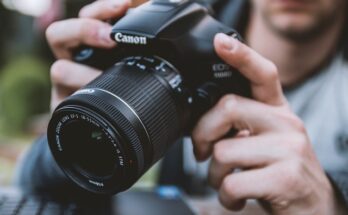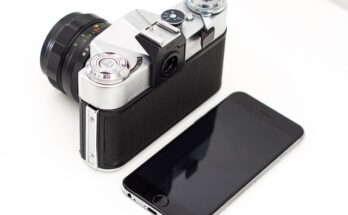Introduction
In the world of photography, the tools we use are as diverse as the visions we aim to capture. Among these tools, medium format cameras stand tall, offering photographers a gateway to exceptional image quality, unparalleled detail, and a unique shooting experience. In this article, we delve into the realm of medium format cameras, exploring their characteristics, advantages, and why they continue to enchant both professionals and enthusiasts alike.
Table of contents
Understanding Medium Format Cameras
Medium format cameras, as the name suggests, utilize a larger film or digital sensor format compared to 35mm (full-frame) cameras. This larger format allows for higher image resolutions and greater detail capture. While there isn’t a standard size for medium format sensors, they are generally larger than full-frame sensors and can range from around 36mm × 24mm to significantly larger sizes.
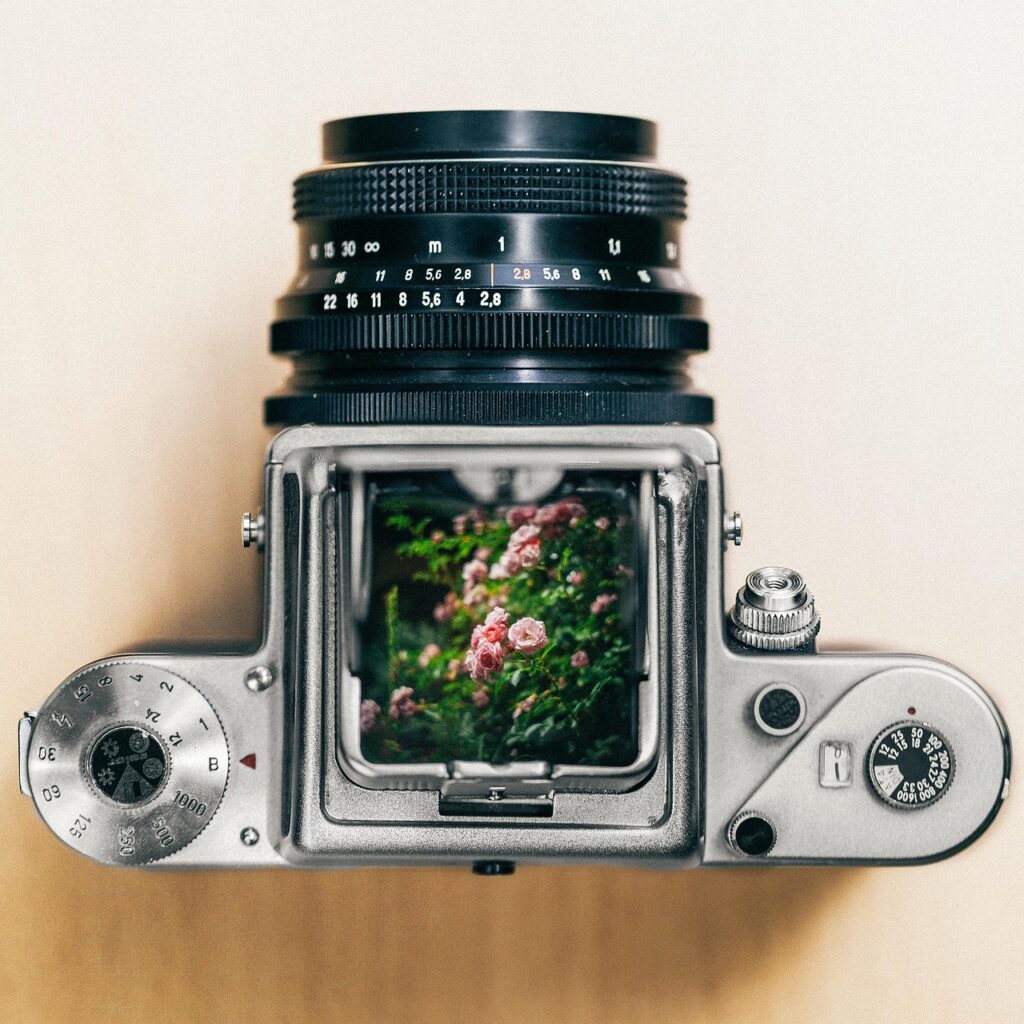
Image Quality:
Perhaps the most prominent advantage of medium format cameras is their superior image quality. With larger sensors, they can capture more detail, produce images with greater dynamic range, and offer superior low-light performance compared to smaller formats.
Shallow Depth of Field:
The larger sensor size in medium format cameras enables photographers to achieve a shallower depth of field, allowing for beautiful background blur and emphasizing the subject in focus.
Dynamic Range: Medium format cameras often boast impressive dynamic range capabilities, capturing a wide range of tones from shadows to highlights. This feature is particularly beneficial in landscape and portrait photography, where preserving details in both bright and dark areas is crucial.
Exceptional Detail:
Whether shooting landscapes, portraits, or commercial work, medium format cameras excel in capturing intricate details, textures, and nuances, resulting in images that are incredibly sharp and lifelike.
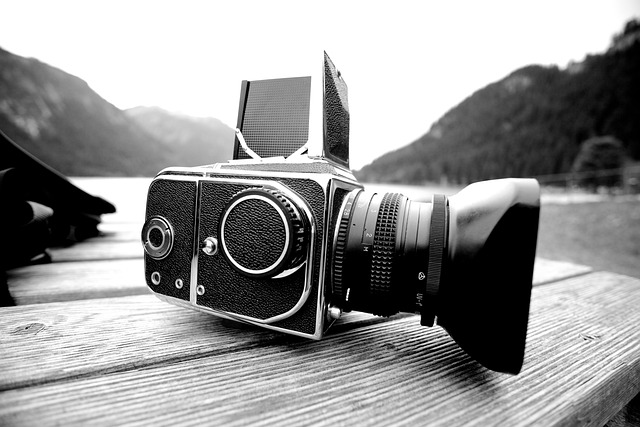
Unique Shooting Experience:
Beyond technical specifications, medium format cameras offer a unique shooting experience. From the feel of the camera in hand to the precision of manual controls, using a medium format camera can be both rewarding and inspiring for photographers seeking a deeper connection with their craft.
Types of Medium Format Cameras
Digital Medium Format Cameras: With advancements in digital technology, many medium format cameras now utilize digital sensors instead of film. Brands like Phase One, Hasselblad, and Fujifilm offer digital medium format cameras that combine the benefits of medium format with the convenience of digital workflows.
Medium Format Film Cameras:
Traditional medium format cameras use film as the medium for image capture. While less common than their digital counterparts, medium format film cameras are still beloved by photographers for their unique rendering and the tactile experience they provide.
Who Should Use Medium Format Cameras?
Medium format cameras are often associated with professional photographers due to their high cost and technical capabilities. However, enthusiasts and advanced amateurs can also benefit from using medium format cameras, especially if they prioritize image quality and are willing to invest in their craft.
Uniqueness: Exploring the Characteristics of Film Cameras
In an age where digital technology reigns supreme, film cameras stand as a testament to a bygone era, embodying a unique charm that continues to captivate photographers and enthusiasts alike. While digital photography offers convenience and instant results, film photography provides an experience that is both nostalgic and artistically enriching. Let’s delve into the unique characteristics that make film cameras a cherished treasure in the world of photography.
1. Analog Aesthetics:
One of the most distinctive features of film cameras is their ability to capture images with an analog aesthetic that digital counterparts struggle to replicate. Film photography is celebrated for its inherent imperfections, including grain, light leaks, and unexpected color shifts. These quirks add character and depth to images, giving them a timeless quality that digital editing often fails to emulate.
2. Intimate Connection:
Using a film camera fosters a deeper connection between the photographer and the photographic process. Unlike digital cameras, where images can be instantly reviewed and deleted, film photographers must carefully consider each shot, as every frame is precious and finite. This mindfulness encourages photographers to slow down, contemplate their compositions, and fully engage with their subjects, resulting in a more deliberate and thoughtful approach to photography.
3. Tangible Results:
With film photography, the anticipation of seeing the final results adds an element of excitement and anticipation that is absent in digital photography. After capturing a roll of film, photographers eagerly await the moment when their images are developed and printed. Holding physical prints in hand provides a tangible connection to the creative process, allowing photographers to appreciate their work in a way that viewing images on a screen cannot replicate.
4. Creative Limitations:
The limitations imposed by film cameras can inspire creativity and innovation. With a finite number of exposures per roll and no instant feedback, photographers must rely on their intuition and technical skills to capture the perfect shot. These constraints encourage experimentation and force photographers to think critically about composition, exposure, and lighting, leading to a deeper understanding of the craft.
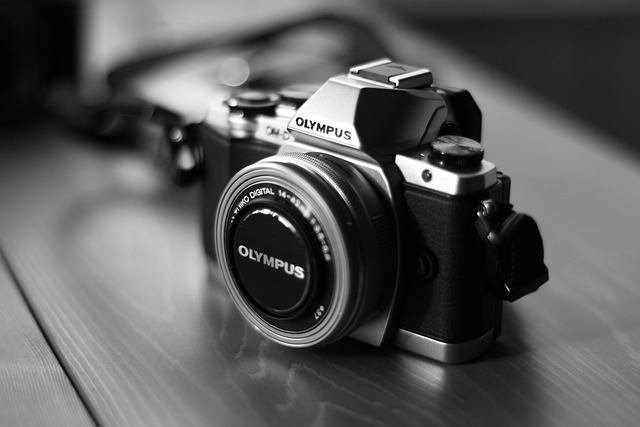
5. Timeless Appeal:
Film photography has a timeless appeal that transcends trends and technological advancements. While digital images may become outdated as technology evolves, film photographs possess a classic quality that remains relevant and captivating across generations. The nostalgia associated with film cameras evokes a sense of nostalgia for simpler times, making them cherished artifacts in an increasingly digital world.
6. Analog Resurgence:
In recent years, there has been a resurgence of interest in film photography, driven by a desire for authenticity and a return to analog processes. Many photographers, both seasoned professionals and amateur enthusiasts, are rediscovering the joys of shooting with film cameras and embracing the unique characteristics they offer. This revival has sparked a renewed appreciation for the art of film photography and has inspired a new generation of creatives to explore its possibilities.
